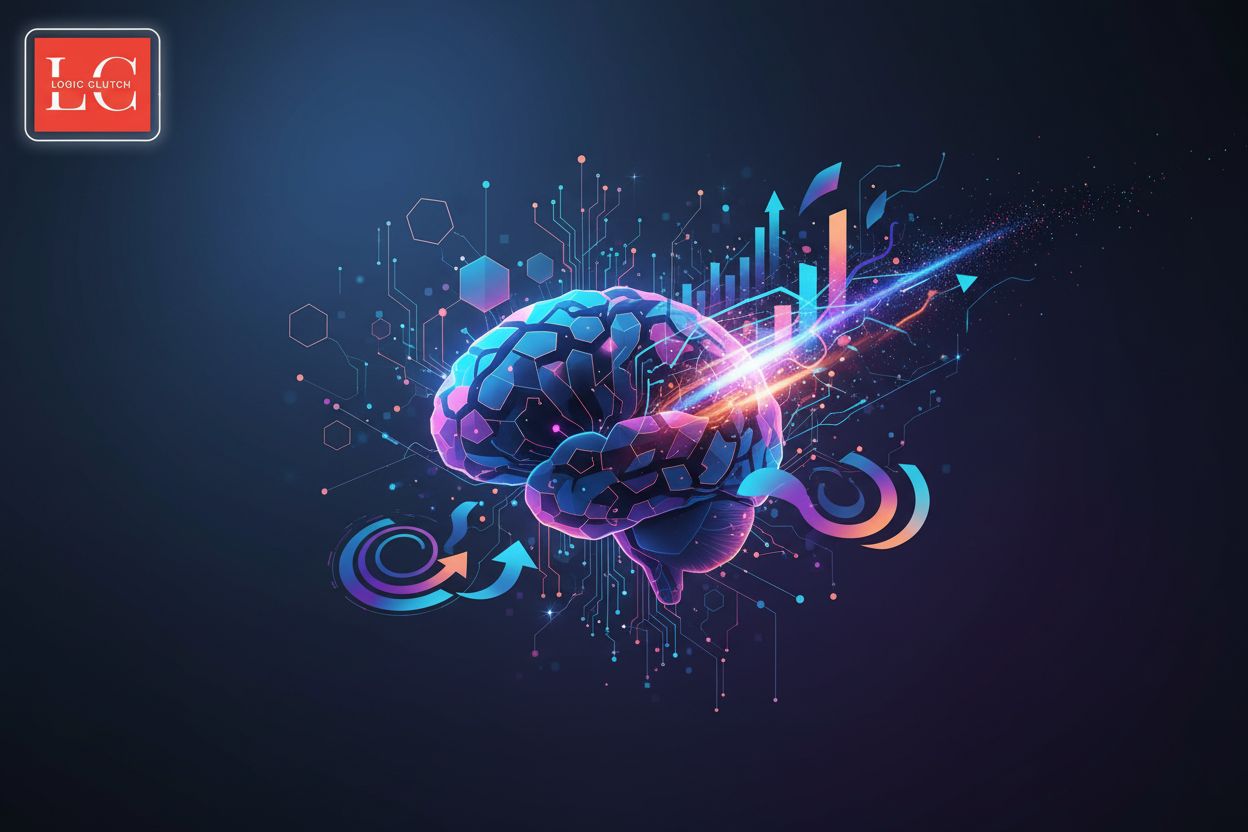Elevating Customer Engagement with AI-Powered Personalization in Salesforce
TL;DR
Understanding AI Personalization and its Impact on CX
AI personalization, huh? It's like giving each customer their own custom-fitted experience. But how does this affect the overall customer experience (CX)? It's kinda a big deal.
ai personalization is when you tailor experiences to each person. Instead of just using general info, you're talking directly to them.
Think about it – it's moving away from generic stuff to really user-targeted outreach.
It all starts with data. Browsing history, what they do on social media, even customer service chats. All that stuff goes in.
Then, machine learning steps in. It's analyzing tons of data to figure out what customers like and what they might do next.
So, how do you put this into practice? Well, as ER Marketing mentions, ai can create dynamic content that adapts to the individual user’s preferences and context.
Now that we get what ai personalization is, let's dig into how it works, shall we?
Key Components of AI-Powered Personalization in Salesforce
AI-powered personalization in Salesforce? It's not just about throwing data at the wall and hoping something sticks. It's about making the customer feel like you get them.
So, what's under the hood? Here's a few key components:
- Data Collection and Analysis: It all starts with gathering the right data, like demographics and purchase history. Then ai algorithms analyzes it to understand what customers actually want.
- Segmentation: ai-driven segmentation groups users based on their behavior and preferences. This helps tailor marketing strategies to smaller, more specific audiences.
- Recommendation Engines: These engines use ai to suggest products or content based on what a customer has done before. Think upselling and cross-selling, but way smarter.
For example, a healthcare provider could use segmentation to send personalized wellness tips based on a patient's health history. Or, a retailer might use recommendation engines to suggest products a customer is likely to buy, based on their browsing history.
Next up, let's talk about recommendation engines and how they boost sales.
Implementing AI Personalization in Salesforce A Practical Guide
Alright, let's dive into making ai personalization real in Salesforce, shall we? It's not just theory, it's about doing stuff.
- Dynamic Content Generation: Think personalized email subject lines. Like, instead of "Our Newsletter," it's "Hey [Your Name], Check Out These Deals!" ER Marketing mentioned how ai can create dynamic content tailored to individual user's context.
- Predictive Analytics: ai can predict which customer is likely to jump ship. This lets you proactively send them a special offer, keeping them engaged. It's like, "We see you haven't been around lately, here's 20% off!"
- real-world examples: Using ai, a financial institution could identifies customers who are most likely to apply for a loan.
So there you have it – putting ai personalization to work. Next up, we're gonna look at somethin' else!
Benefits, Challenges, and Ethical Considerations
AI personalization, it's a hot topic, right? But it's not all sunshine and rainbows; there's challenges and ethics to think about. So, let's break it down.
Improved customer engagement? Personalized experiences just click better with folks, making them more likely to stick around.
Higher conversion rates are kinda a no-brainer. Recommendations that line up with what people are actually into? Yeah, that'll boost sales.
Enhanced customer retention: When customers feel valued, they're less likely to jump ship.
Data privacy is a biggie, like Pew Research Center reports. Gotta be upfront about how data's being used, ya know?
Bias, ai algorithms can accidentally screw things up if the training data is skewed.
Customer Trust If you misuse customer data that erodes trust and hurts the brand’s reputation.
Implementing ai personalization can really boost customer engagement and, ultimately, sales. But it's crucial to tackle the challenges head-on and keep ethics in mind.





